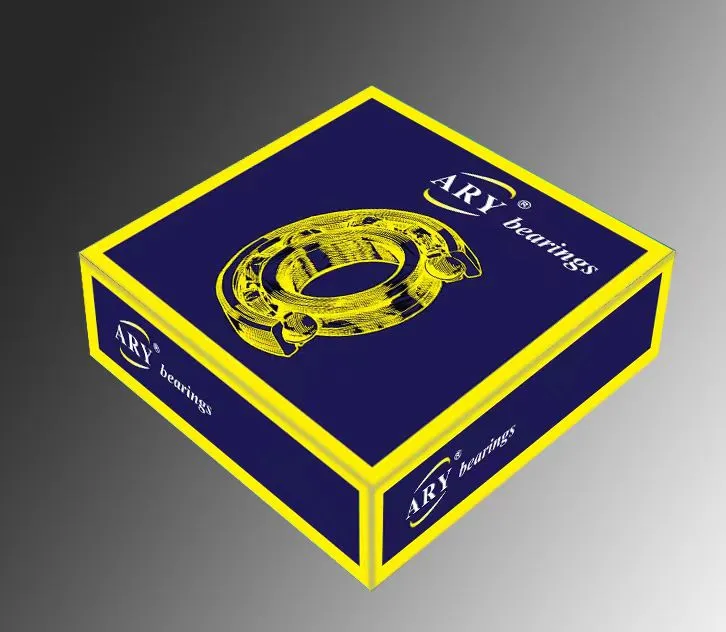
Nov . 11, 2024 15:56 Back to list
spherical roller bearing failure analysis
Spherical Roller Bearing Failure Analysis
Spherical roller bearings are crucial components in various machines and equipment, providing excellent load-carrying capabilities and accommodating misalignment. However, like any mechanical part, they can suffer from failures that potentially disrupt operations and lead to significant downtime costs. Understanding the causes and types of failures in spherical roller bearings is essential for maintenance engineers and equipment operators to improve reliability and prolong service life.
Common Causes of Failure
1. Poor Lubrication One of the most prevalent causes of bearing failure is inadequate lubrication. Insufficient lubricant leads to increased friction and wear between the rolling elements and raceways, resulting in overheating and eventual failure. Lubricants also play a role in preventing corrosion and contamination; therefore, ensuring a consistent supply of the right type of lubricant is vital.
2. Contamination Foreign particles such as dirt, dust, and moisture can infiltrate the bearing, causing abrasive wear. Contamination can occur during installation, operation, or maintenance. When particles enter the bearing, they can scratch the raceways and rolling elements, leading to premature wear and potential failure.
3. Misalignment Spherical roller bearings are designed to tolerate some misalignment; however, excessive misalignment can lead to uneven loading and increased stress. This condition can cause localized heating, deformation, or even fracture of the bearing components.
4. Excessive Load Operating a bearing beyond its rated load capacity increases the risk of fatigue and eventual failure. Overloading can occur due to design errors, unexpected operational conditions, or inadequate forethought regarding the dynamic forces acting on the bearing.
5. Wear and Fatigue Over time, all bearings will experience some level of wear due to the cyclic loading. Fatigue failure manifests when the surface of the bearing develops cracks due to repetitive stress and strain. This can lead to spalling, where layers of material break away from the surface, contributing to a loss of load-bearing capability.
Types of Failures
1. Surface Fatigue This failure type arises from repeated stress cycles, leading to small cracks on the surface of the raceways or rolling elements. Over time, these cracks can grow and result in spalling.
2. Brinelling Brinelling refers to permanent dents or indentations on the raceway surface, caused typically by shock loading or excessive axial loads. This damage affects the smooth operation of the bearing and can lead to secondary failures.
spherical roller bearing failure analysis

4. Corrosion Chemical corrosion can occur due to exposure to moisture or corrosive environments. This issue is often compounded by improper lubrication or contamination, leading to more significant bearing degradation.
Preventive Measures
To minimize the risk of failure in spherical roller bearings, several preventive measures can be implemented
- Regular Inspections Routine checks for signs of wear, misalignment, or contamination can help identify issues before they lead to failure.
- Proper Lubrication Employing the correct lubrication techniques and selecting suitable lubricants based on the operating conditions is crucial. Automated lubrication systems can help ensure consistency.
- Correct Installation Following manufacturer guidelines during the installation process minimizes the risk of contamination and misalignment.
- Load Management Understanding the load conditions during operation will help in selecting the appropriate bearing type and size, ensuring it is adequately rated for its application.
Conclusion
Spherical roller bearing failure can result from several interrelated factors, including poor lubrication, contamination, misalignment, excessive loads, and material fatigue. By understanding these causes and implementing preventive strategies, organizations can significantly enhance the reliability of their equipment, reduce maintenance costs, and prolong the service life of their spherical roller bearings. In doing so, they are better positioned to achieve operational efficiency and minimize unscheduled downtimes.
Latest news
-
Premium Deep Groove Ball Bearings | High Speed & Reliability
NewsAug.29,2025
-
Durable Scaffolding Clamps - Secure & Reliable Tube Connectors
NewsAug.28,2025
-
Common Failures in Thrust Ball Bearings and Solutions
NewsAug.22,2025
-
How Tapered Roller Bearings Can Take Shock Loads
NewsAug.22,2025
-
Angular Bearings in High-Precision Spindles
NewsAug.22,2025
-
The Impact of Misalignment on Cylindrical Roller Bearing Performance
NewsAug.22,2025
